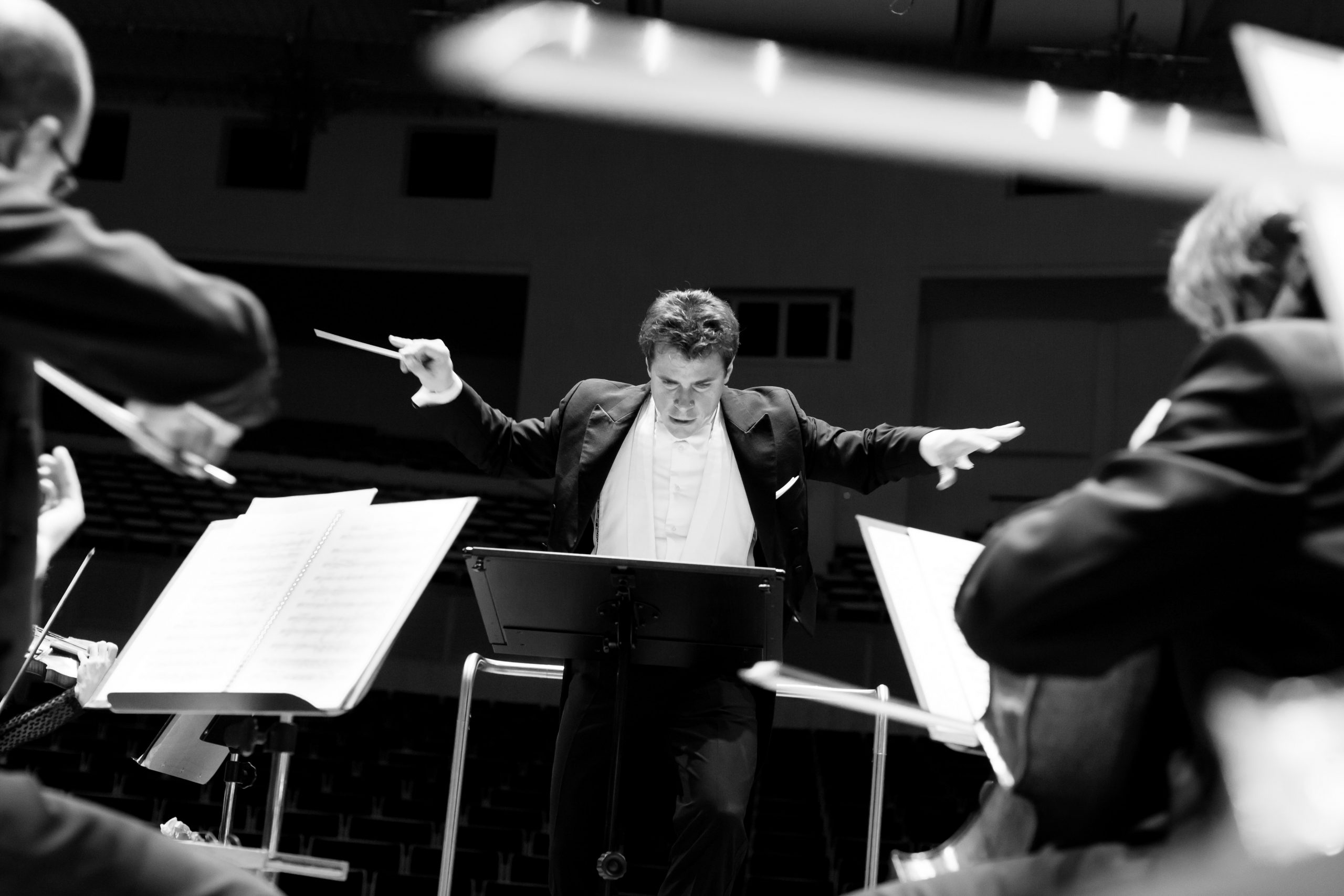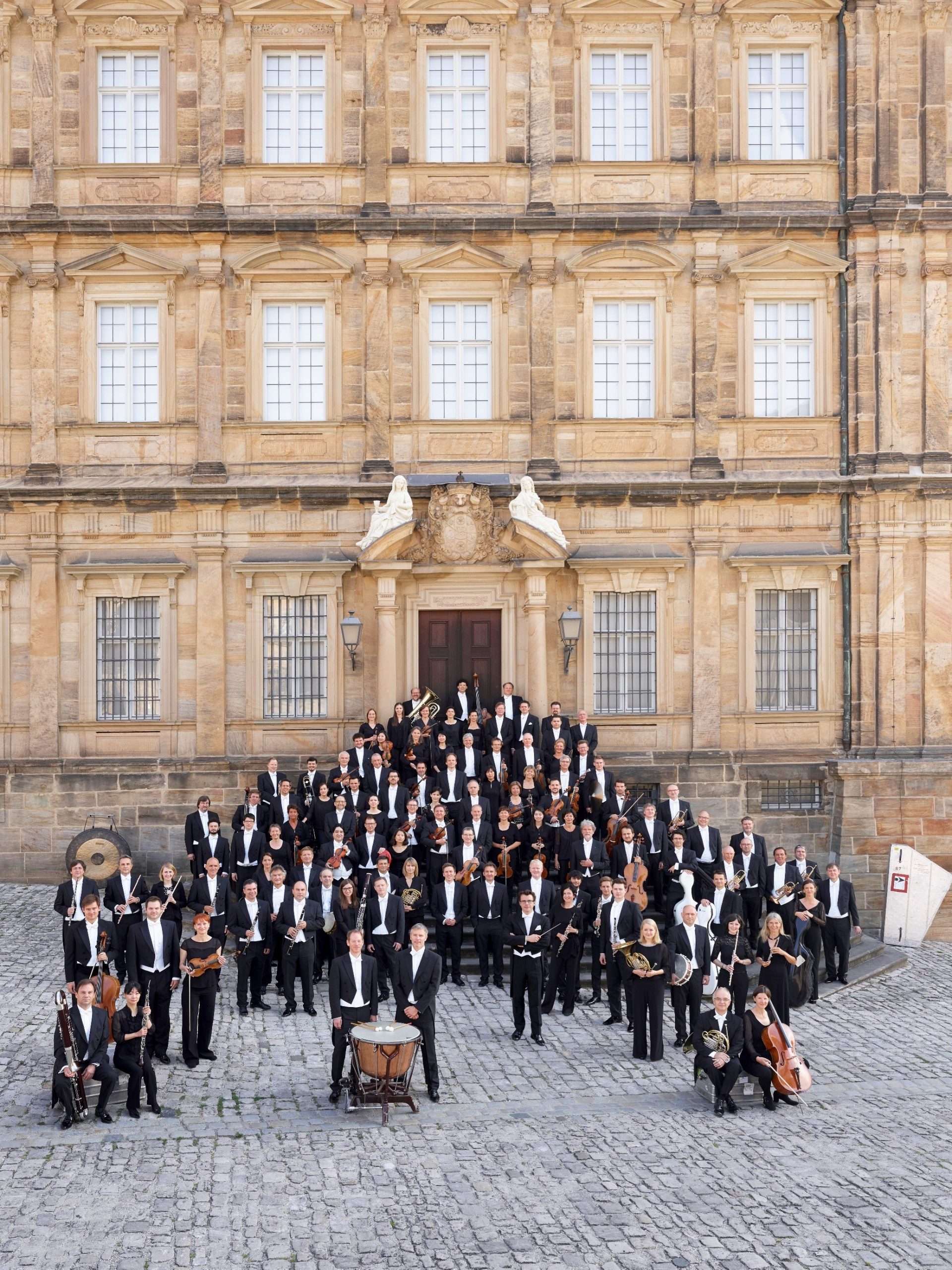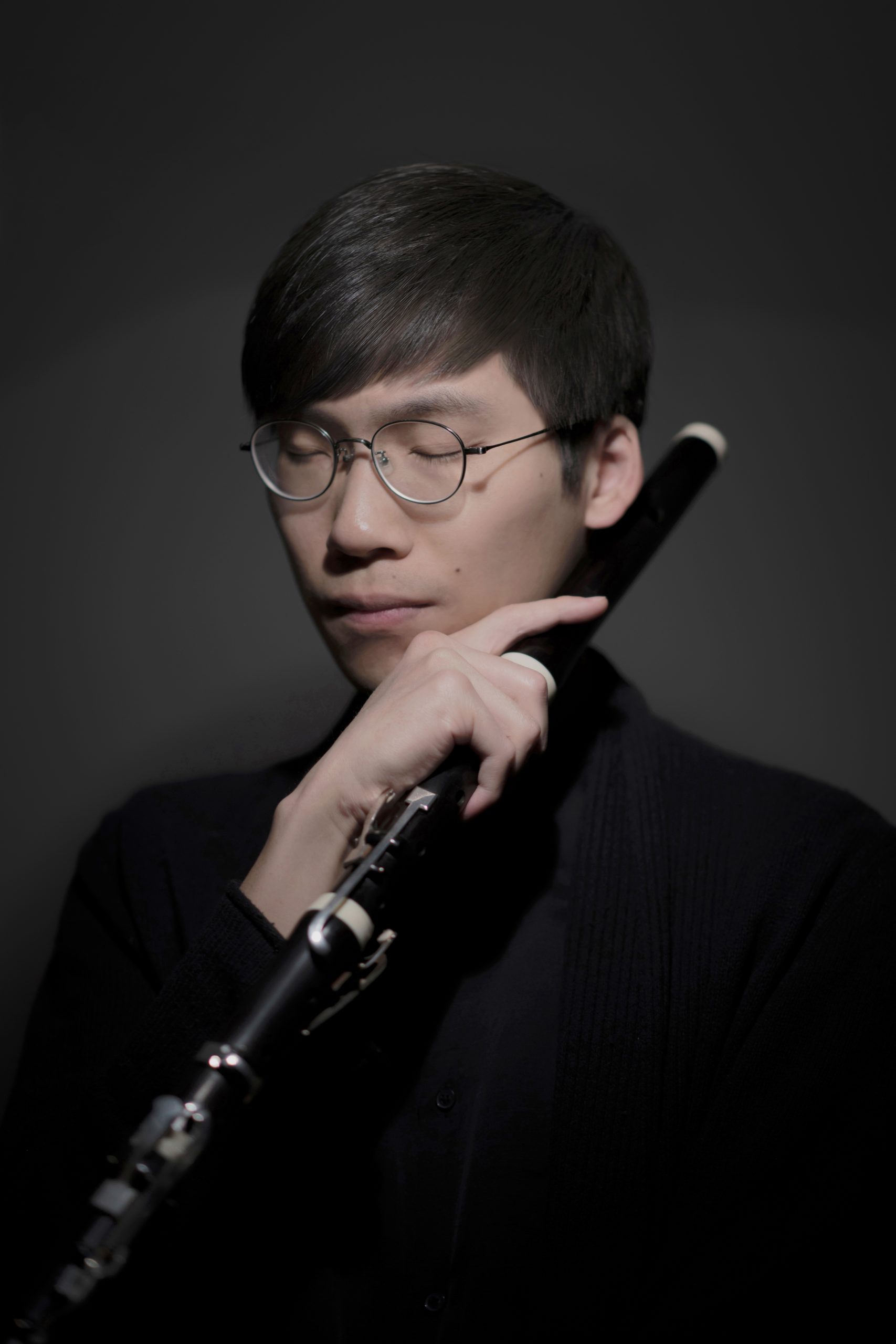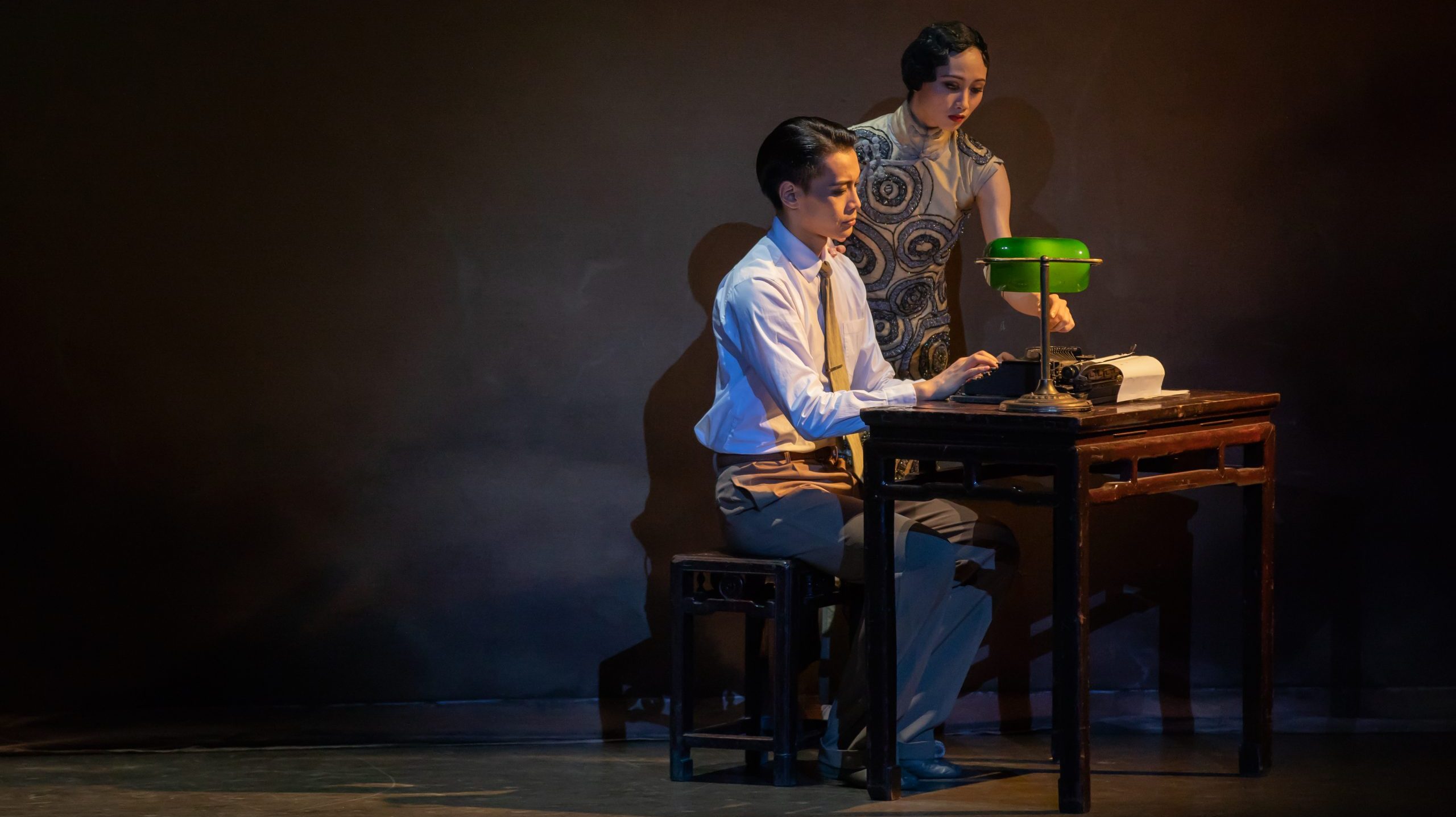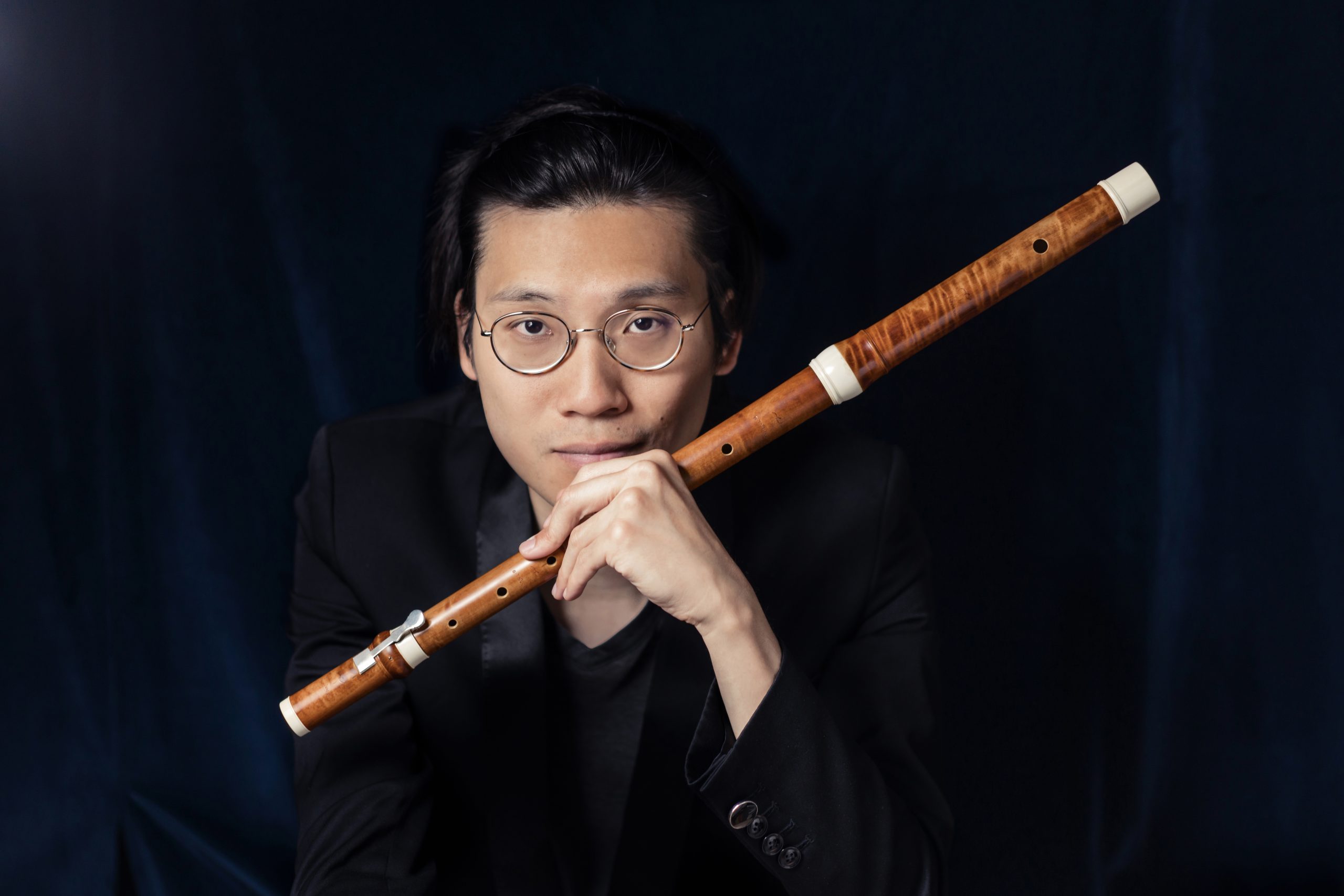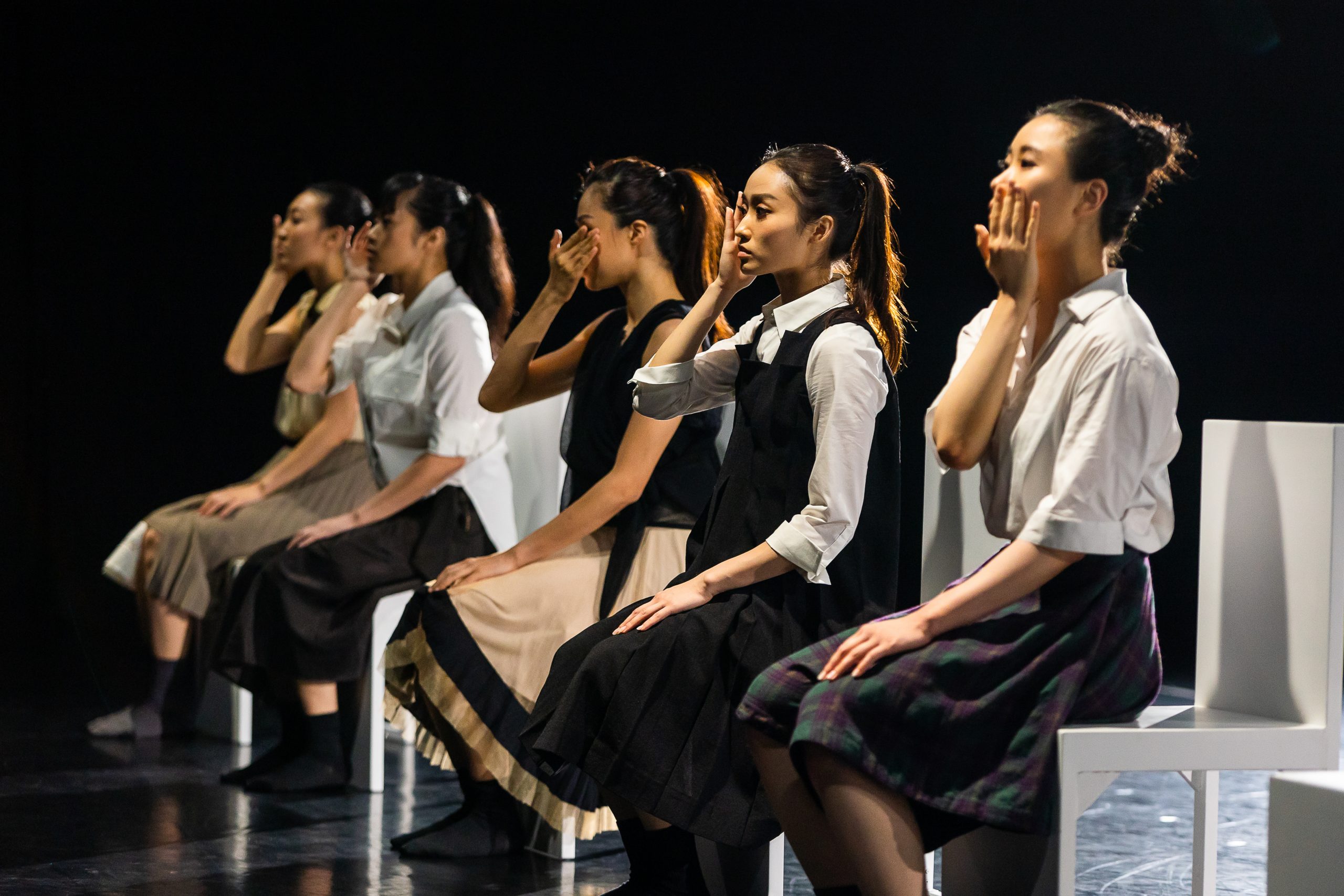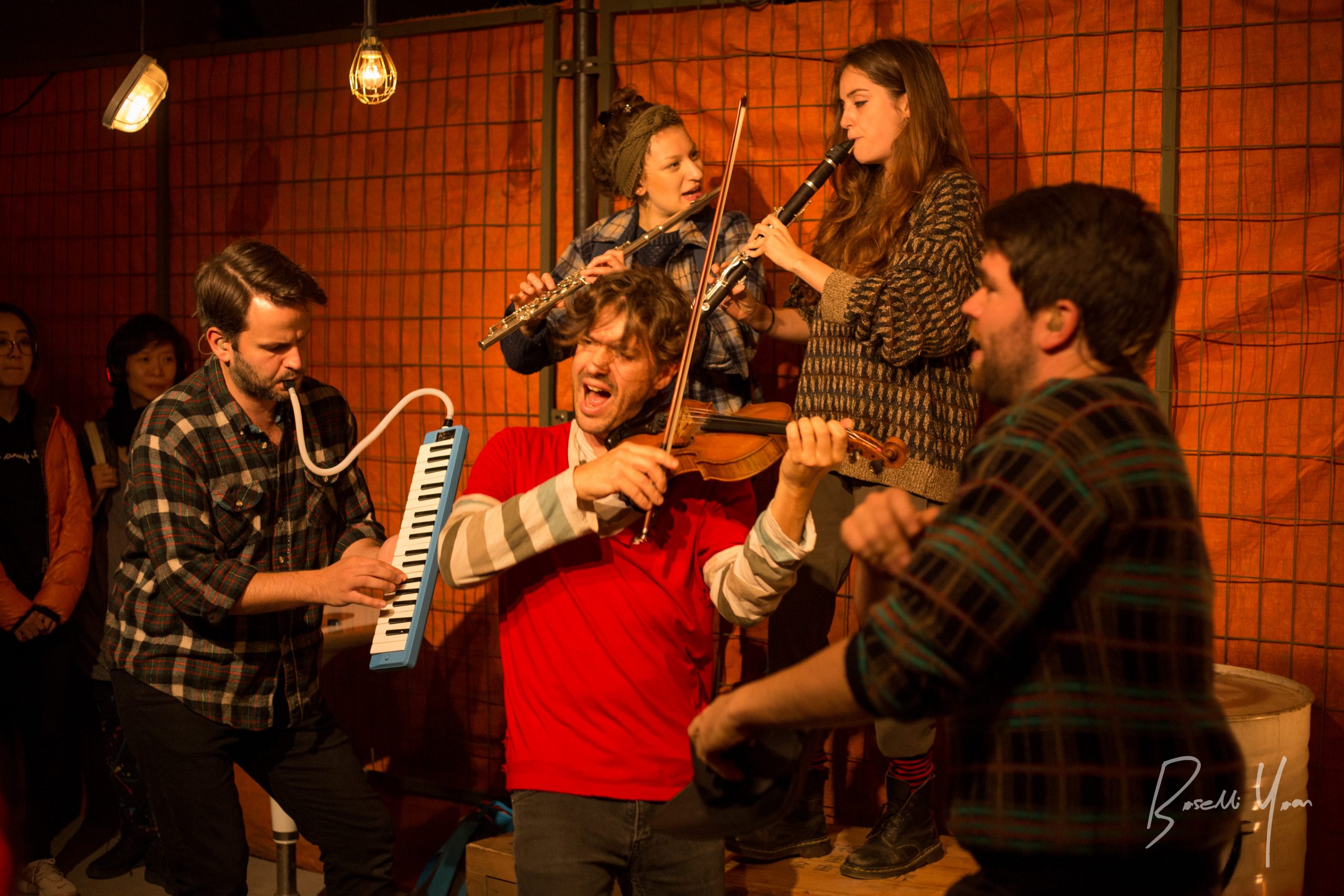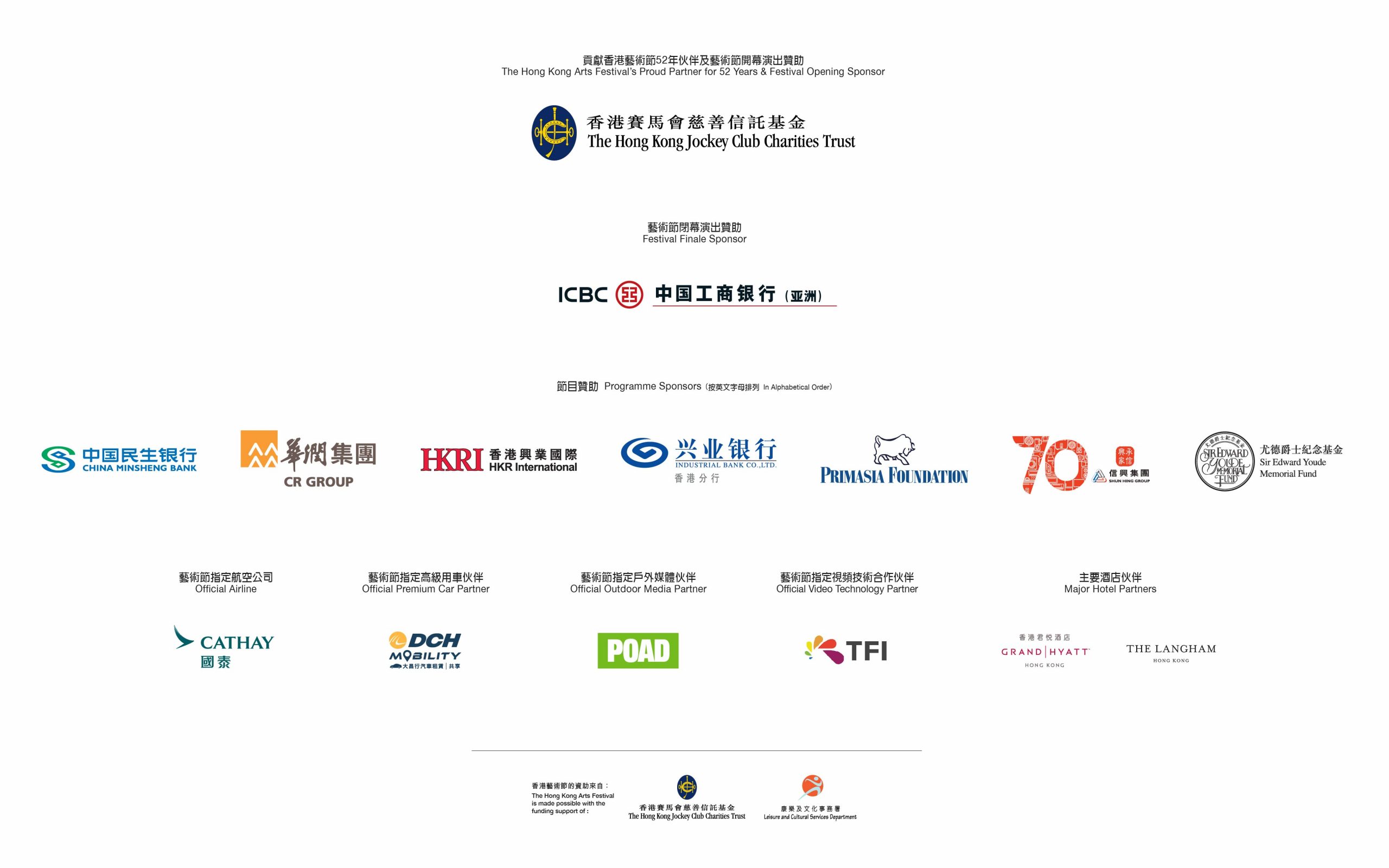After years of anticipation, the legendary Bamberg Symphony under the direction of Chief Conductor Jakub Hrůša will finally perform live on stage at the Hong Kong Arts Festival in 2023. In 2022, audiences in Hong Kong had to be content with four online performances by what has been called "one of the world's most dynamic symphonic partnerships". This partnership between conductor and orchestra has resulted in a number of high-profile awards and commendations, including the ICMA Awards and the Bavarian State Prize for Music. In fact, when I asked Maestro Hrůša to describe his relationship with the orchestra, he responded with a single word: "perfect". The Bamberg Symphony and Hrůša will showcase their deep musical and emotional connection at the HKAF in two concerts dedicated to the music of Johannes Brahms, György Ligeti and Antonín Dvořák.
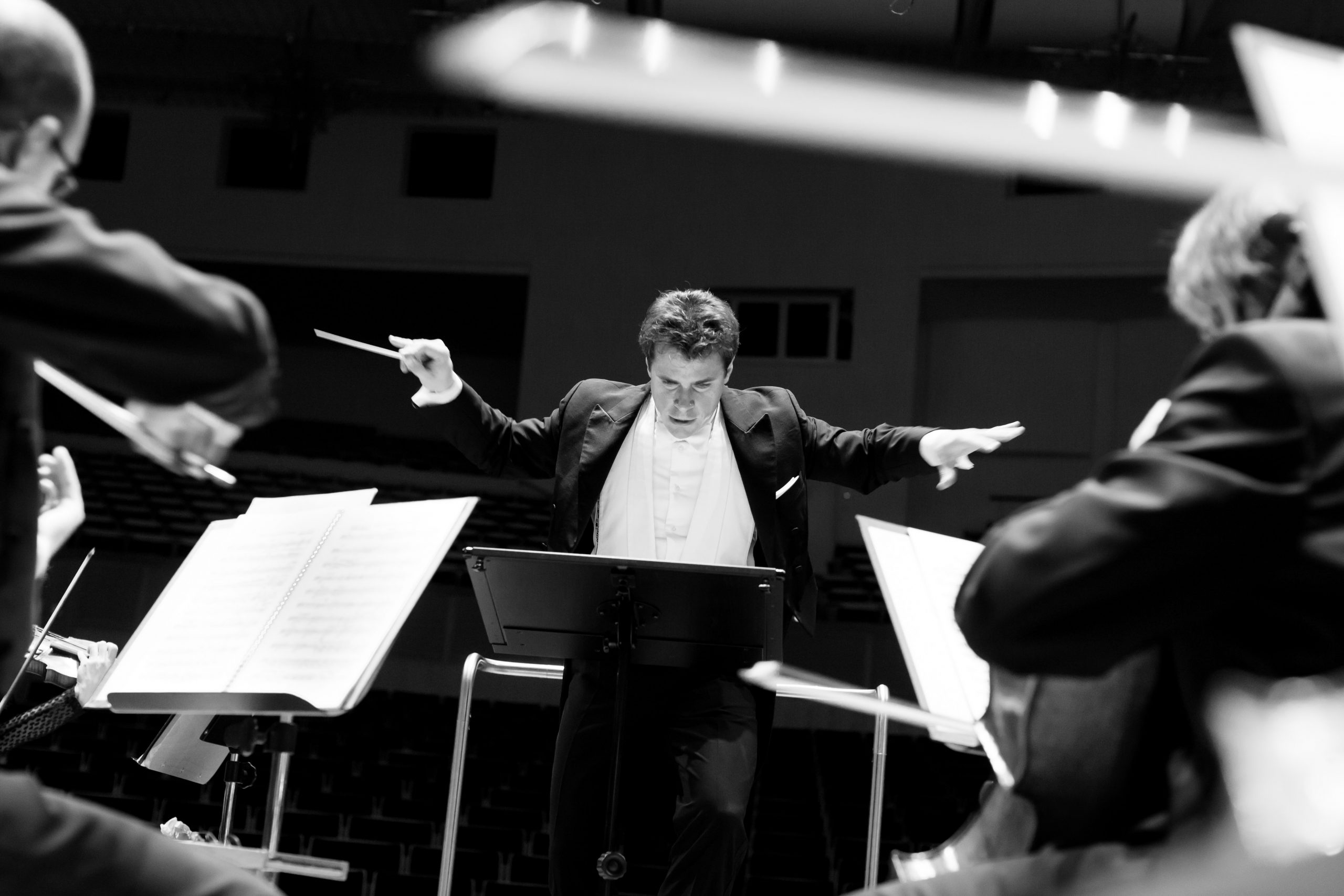
A hub for music
The storied history of the legendary Bamberg Symphony reaches back into the 18th century and to the city of Prague. In 1787, the ancestral orchestra at the Estates Theatre in Prague performed the world premiere of Mozart's Don Giovanni, and the youthful Gustav Mahler conducted the ensemble that would later become the German Philharmonic in Prague during the 1885-86 season. In the aftermath of World War II, displaced musicians from that orchestra joined with fellow expatriate colleagues in the city of Bamberg and established the Bamberg Symphony. The city quickly flowered into a musical hub for the entire region, and the Symphony has become one of Germany's most-travelled orchestras. In fact, this exceptional ensemble has performed almost 7,500 concerts in more than 500 cities and 60 countries worldwide.
Bringing music to the world
The city of Bamberg is a UNESCO World Heritage site, and it boasts the highest rate of concert subscribers per person anywhere in the world. However, traveling is an integral part of the orchestra's DNA and, according to Hrůša, "their mission is to present the best of German orchestral culture to the whole world". Essentially, journeys are planned together and, while Maestro Hrůša selects the works he would like to conduct, "players and subscribers have a definite voice in what they would like to hear". The pandemic put a temporary halt on his busy traveling schedule, but Hrůša is proud that "Bamberg was one of the first orchestras to go on tour again, albeit on a more local level". Most remarkable, however, is the fact that during the years of the pandemic the "orchestra never stopped working". With preventative measures in place, the orchestra finished 12 recording projects and established a dedicated digital platform to connect with audiences around the world. To Hrůša, "it now feels like normality has finally returned" and, although ecological concerns and the war in the Ukraine are a source of continued worry, he is "looking very much forward to upcoming tours of Spain and Asia".
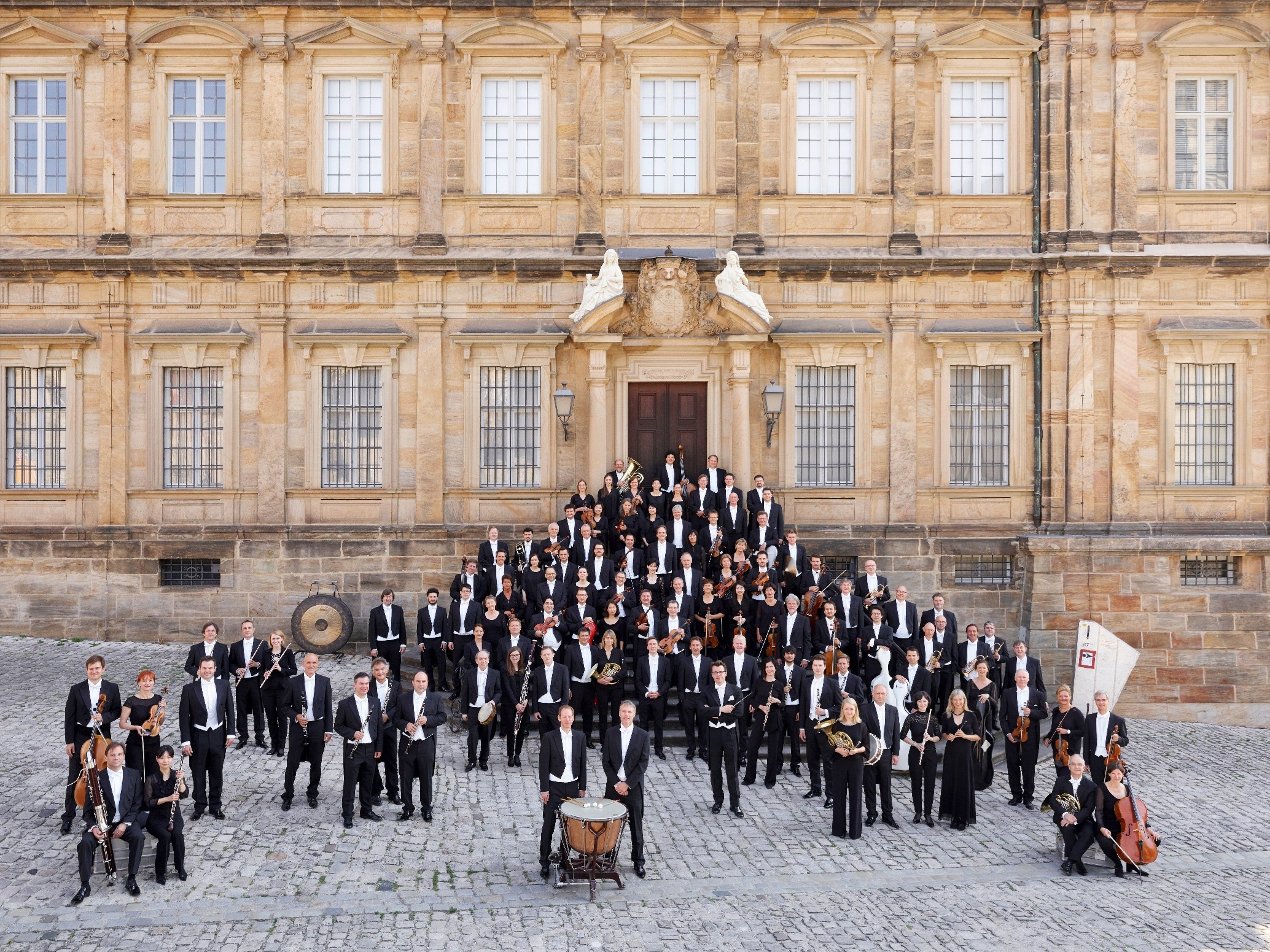
The Brahms tradition
Hrůša, who has recently been appointed Music Director of the Royal Opera House in London, has been to Hong Kong twice before. He fondly remembers his collaboration with the Hong Kong Philharmonic and "the enthusiasm of the audience". For the 2023 Hong Kong Arts Festival, Hrůša brings music from the heart of the central European musical tradition. The symphonies of Johannes Brahms (1833-97) are cornerstones of symphonic literature. Lushly scored, grand in scope and deeply expressive, they retain a deeply engrained reverence for classical heritage while maintaining the Romantic tradition of his great predecessors. Brahms reveals himself as an uncompromising perfectionist, with the ferocity and concentration of expression not based on heightened emotional rhetoric, but on a relentless focus on musical detail. His third symphony is probably his most personal symphonic essay, a musical self-portrait filled with conflicts and warm resolutions, turbulence and gentle sentiments, desolation and geniality. Although his fourth symphony has easily become a reliable and familiar staple on concert programmes around the world, it contains some of the darkest and most profound music of the 19th century. We find Brahms as a renovator of tradition rather than as a reactionary symphonist, simultaneously presenting a pessimistic yet crowning conclusion to an extended Austro-German tradition.
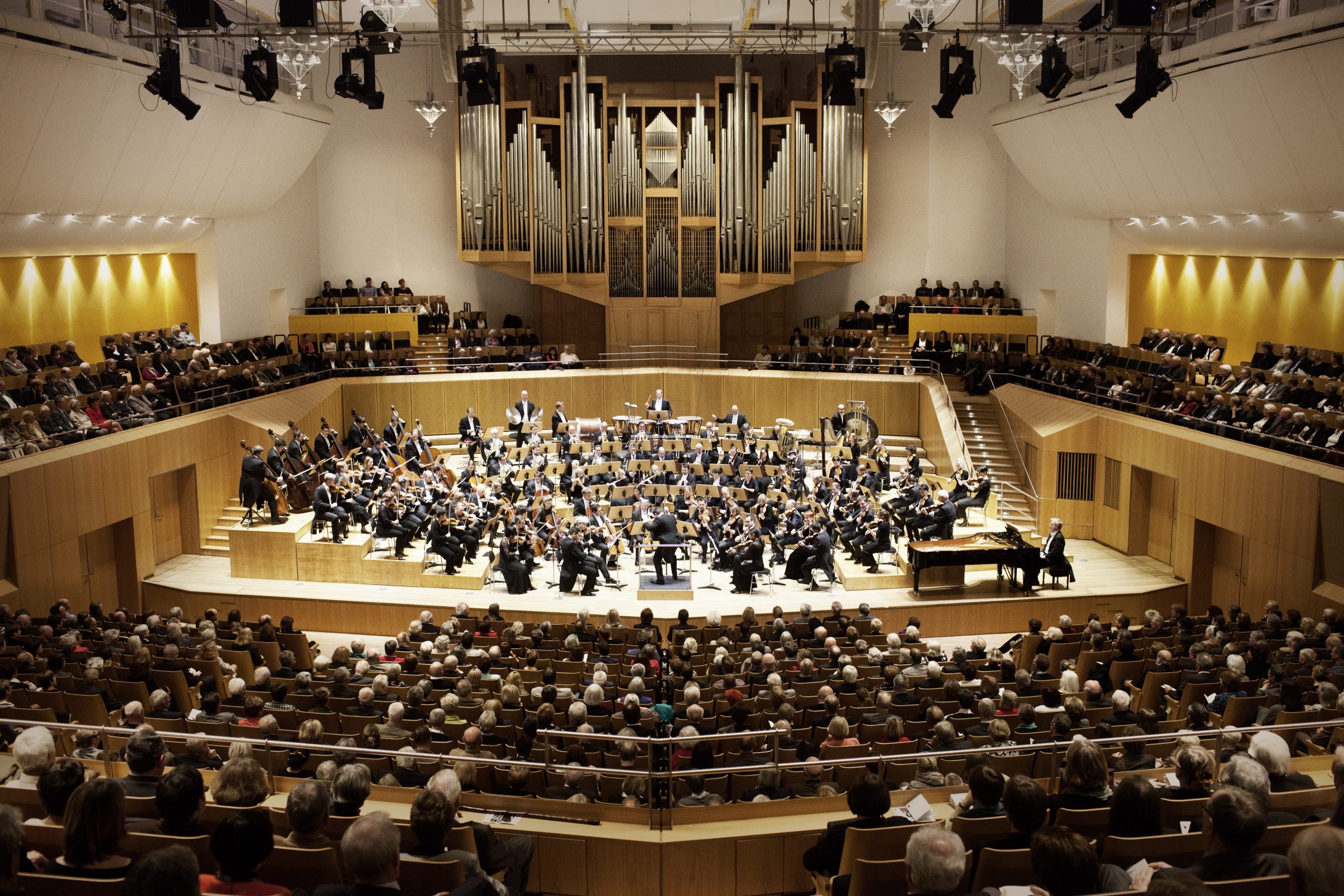
Native inspirations
Working within this central European tradition, Dvořák (1841- 1904) enjoyed a long personal friendship with Brahms. That relationship has conditioned a popular narrative that describes Dvořák as a militant nationalist with his music originating from a century-long pattern of a distorted, stifled and dominated culture. Dvořák was indeed a nationalist in many respects and towards the end of his career he came to the conclusion that he always was, and always would be, a simple country composer from Bohemia. As a result, his aesthetic conception and musical language changed; it became more outspoken, more deliberate, more descriptive and more topical, with much of his inspiration now taken from folk-music influences experienced in Czech communities at home and abroad. Dvořák's celebratory Symphony No. 8 has been lavishly embellished with nationalist laurels, while his brief tenure in the United States spawned a number of works, most notably his Symphony No. 9 "from the New World". While the respective influences of spirituals, Creole tunes, Native American dances and literary/musical devices are still open to interpretation, Dvořák unmistakably issued a clear challenge to American composers to find a distinctive national musical voice.
Expect the unexpected
Folk music of the Balkans and sub-Saharan Africa provided Ligeti (1923-2006) with a constant source of curiosity and inspiration. The rhythmic richness of polyrhythmic singing and drumming, and the coexistence of several sound layers, opened up unfamiliar possibilities, and created a new and exciting imaginary folk music universe. Deriving the shape and momentum of his music from barely perceptible changes in timbre, dynamics, density and texture, Ligeti developed a process of interweaving different strands of sound into a complex polyphonic fabric. His Poème symphonique for 100 metronomes of 1962 was the last of his event-scores, and although it has been recorded several times, it is rarely performed. And used as part of the soundtrack to Stanley Kubrick's film The Shining and Martin Scorsese's Shutter Island, Lontano ("in the distance") depicts a haunting orchestral dreamscape that unfolds in vast sonic waves. Despite its avant-garde surface, the work is closely connected to the central European musical tradition, as the composer compared the gradually shifting kaleidoscope of colour to the majestic unfolding of Bruckner's Eighth Symphony.
At the 2023 HKAF, Hrůša and the Bamberg Symphony will be unapologetically bringing the richness and wisdom of a continuous central European musical tradition to Hong Kong. And for Maestro Hrůša, it is also "an educational mission to showcase and carry forward the eternal and timeless qualities of classical music".
